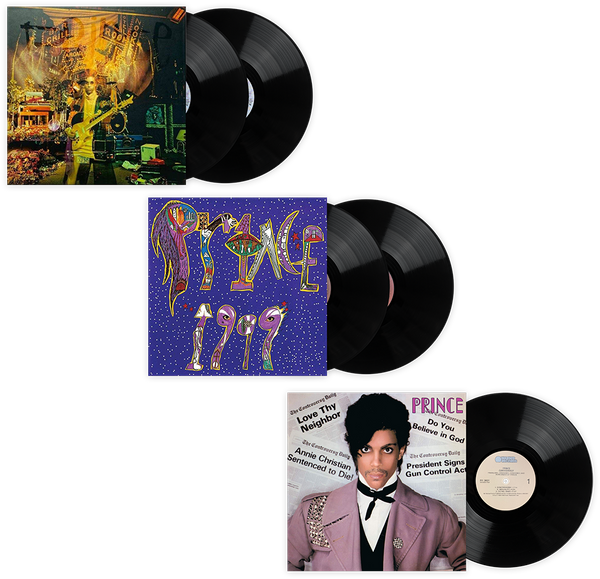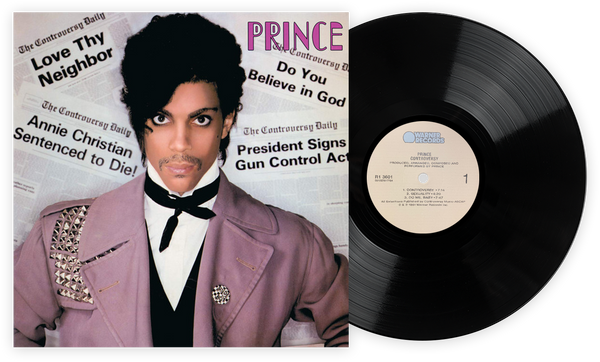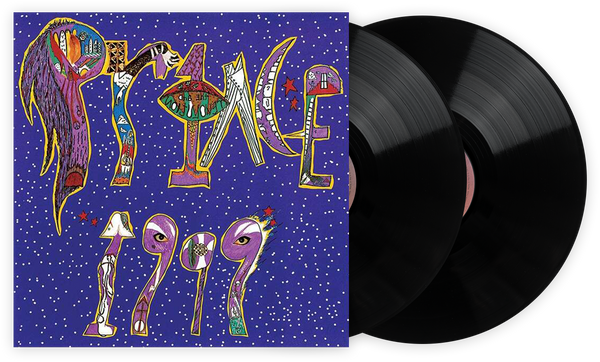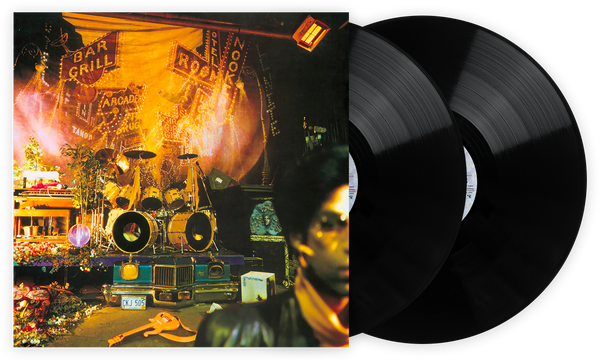Thanks to last night’s Grammy tribute, his music finally coming to streaming services that don’t share a name with a Fiona Apple album — which it should be noted, Prince did NOT want to happen when he was alive — and his catalog getting sold off for the inevitable reissue campaign (which actually started last year), Prince is on every music fan’s mind. Well, he probably has been since before he died last year, but there’s never been a better time to be a Prince fan. The vault is being unlocked, and the music is becoming more available.
Which means the time has never been better to evaluate which of Prince’s albums are the most essential. He made 39 Prince albums in his lifetime, and wrote many more for other artists, and trying to determine which one of those are must owns for your record collection can be a challenge. So here’s the list of the 10 Best Prince Albums to Own on Vinyl, which serves as a survey of his career, and makes the tough calls on which ones you need to have in your life.

Dirty Mind (1980)
Prince took a couple albums to find his footing with our next selection, coming through after Warner Brothers — which signed him to lucrative multi-year contract that gave Prince more control than basically any other young artist not named Michael Jackson — let Prince incubate into the artist capable of the greatness he achieved. There’s an argument for any of his first four in this slot, since they’re all not perfect and all have their own high points, but if you want to trace the evolution of Prince, Dirty Mind is the first album where his distillation of funk, pop, R&B and New Wave starts to sound like something uniquely Prince.

1999 (1982)
1999 was the album that made Prince a household name, launched him onto MTV — he was the first contemporary black artist to get substantial airplay on the network — paved the road for a company to allow him to make an album and a movie, and essentially provided him the option to do everything that came after. In some ways, it’s his most important album, which oversells it a bit, because even though the title track is about the end of the world, it’s one of Prince’s most jocular albums; it’s ready to get down and party at the drop of a hat. Even deep cuts beyond the massive singles (“Little Red Corvette” and “1999”) like “Lady Cab Driver” and “Let’s Pretend We’re Married” will pack dancefloors in 2017.
You can get a copy in the VMP store here.
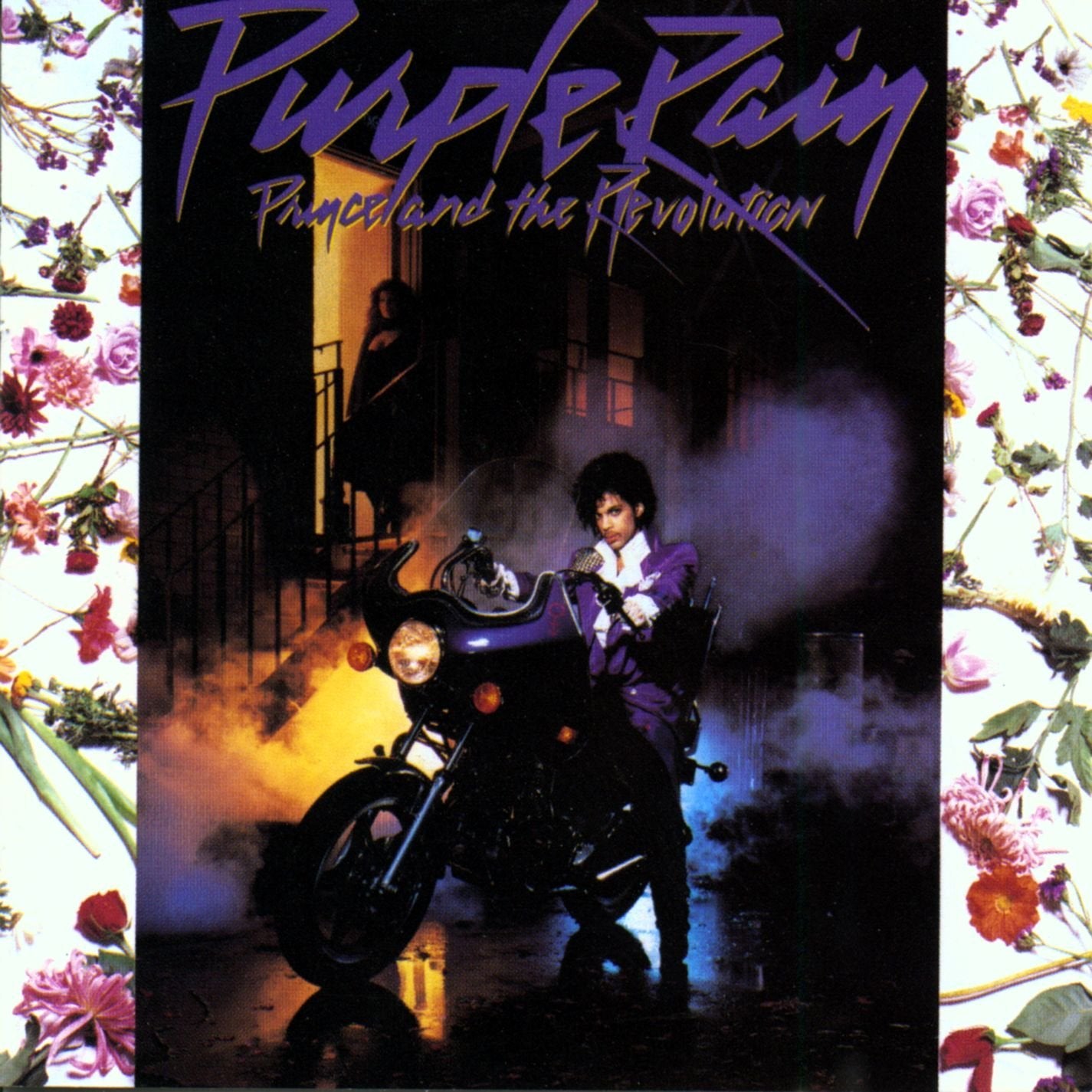
Purple Rain (1984)
If you’re sitting at work right now, and attempted to visualize Prince in your mind’s eye, without any visual cue, I’m betting there’s a 92% chance that the image that pops into your head when you imagine “Prince” is the album cover to Purple Rain. And that makes sense, since this is masterpiece, the mega smash, the one with his best hits, the one that can make you jump out of a desk chair to do the choreography from the movie within 45 seconds of starting. But here, more than 30 years after it was released, it’s stunning in the parts that can still be unlocked as favorite moments, from Prince’s screams on the outros of “Darling Nikki” to the humming verse and chorus on the title track, to the way “I Would Die 4 U” makes you feel like you’re riding a go-kart going down a waterslide in a montage in a John Hughes movie. There’s a reason this is ubiquitous in records stores across the lower 48: This should come standard issue with turntables.
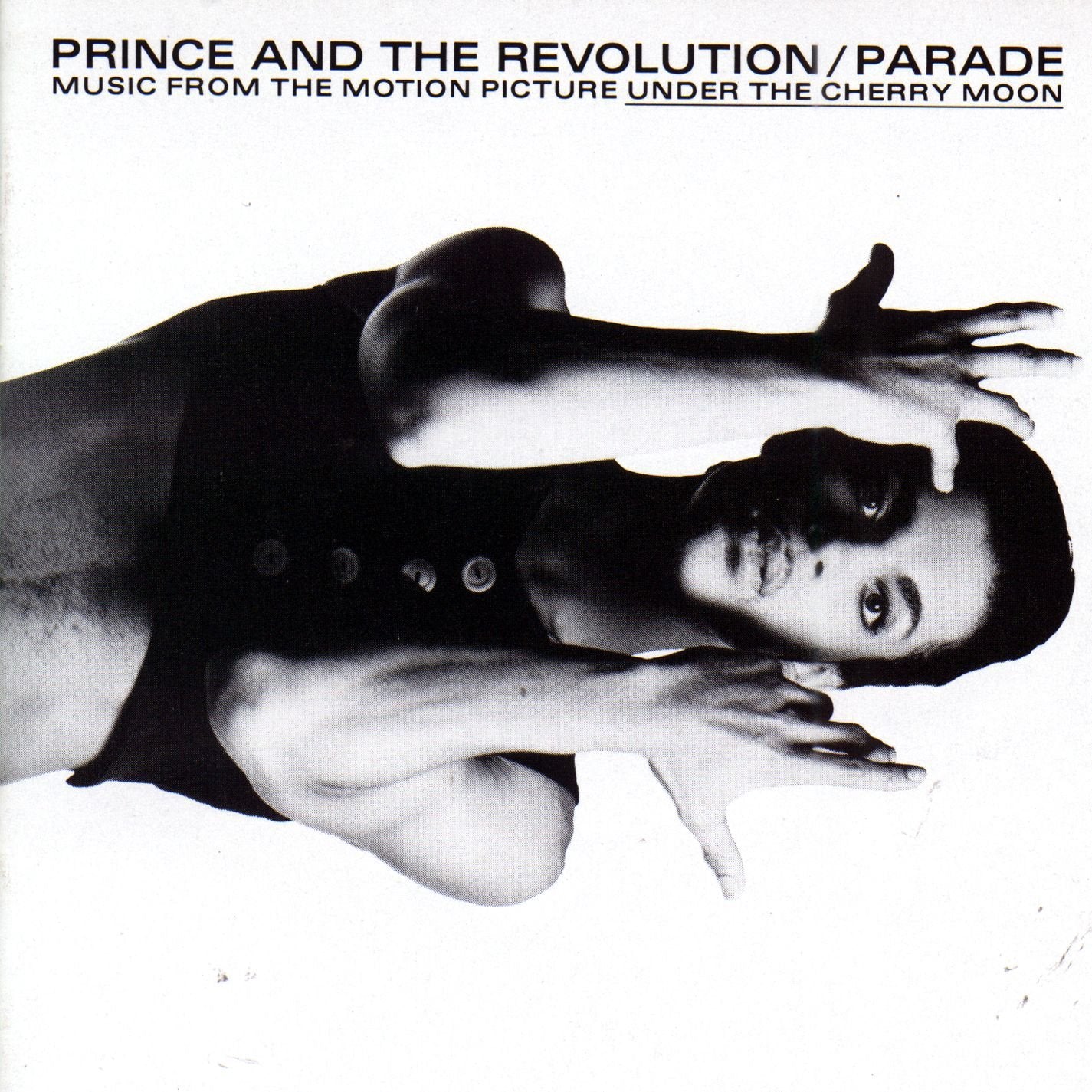
Parade (1986)
Parade started a trend that would repeat again and again later in Prince’s career: the “return to form” album. After Around the World In A Day failed to live up to the expectations following Purple Rain (“Raspberry Beret” excluded), external pressures demanded Prince return with some fire. Parade was a repeat of Purple Rain in that it outshone the movie it was attached to — fewer people have actually seen Under the Cherry Moon though — and had ripping singles like “Kiss” and one of Prince’s most enduring, beautiful ballads “Sometimes It Snows in April.” It was his last album with the Revolution, before he changed it up and started the next phase of his career.

Sign O' The Times (1987)
Originally intended as a triple album, Sign O' The Times ended up being only a double LP, which didn’t matter for its reception: It’s arguably the most critically lauded Prince album, since many people will tell you it’s secretly the best Prince album. You listen to tracks like “Adore,” “If I Was Your Girlfriend” and the title track, and it’s hard to disagree. Sign O' The Times is like a huge melting pot of all the music Prince ever listened to and ever made, distilled down into this shaggy double album with a blurry cover. This is a good fulcrum point to the rest of Prince’s discography; Sign O' The Times is like a shedding of everything that came before, with not many hints for the direction for where Prince would go next.
You can get a copy in the VMP store here.

Batman (1989)
You could make the argument that every Prince album after Sign O The Times is underrated, since most collectors and considerers of Prince’s music don’t do the work to engage with all of his difficult, sometimes overblown ’90s albums. But his soundtrack for the first Tim Burton Batman in 1989 might be the most overlooked album in Prince’s oeuvre, because most people assume that it was a cash grab compilation that could connect Warner Brothers’ biggest artist with it’s biggest film of 1989. But Prince didn’t mail this in; he hit the studio for a hard six weeks (which was actually almost a common length for a Prince project in the ‘80s) and recorded nine songs (only three that were written prior to the sessions) that tied directly to characters in the Burton film. This is worth owning, at the very least, for “Batdance,” still the best film dialogue-using song in recorded music history, and probably the only one to hit No. 1 on Billboard.

Diamonds and Pearls (1991)
Even though he played virtually all the music on every single one of his albums, and at least co-wrote all his songs, Prince was always creating backing bands to support him on tour, and pitch in during studio sessions. After a couple years sans band, Diamonds and Pearls marked the debut of the New Power Generation, a band that would help tip Prince back into his funkier side, but would also tip him heavily into a rap sound via backing dancer Tony M. Tony M. rapped on almost half of the songs here, and Prince pushed all the envelopes available to him on “Gett Off,” but the showstopper is the title track, a stunning duet between Prince and NPG member Rosie Gaines.

The Love Symbol Album (1992)
Everyone knows that Prince spent most of the ‘90s known as an unpronounceable symbol, but not everyone knows that the reason for that wasn’t just Prince’s eccentricity. In the ‘90s, Prince started craving more freedom under the major label system, and wanted to decide when and how often he released music, what the single would be, more control over his masters, and if songs would be pushed to radio. Basically, he wanted to be his own label boss. When Warner Brothers denied him the opportunity to do so, he decided he’d get back at them by not releasing albums as Prince, but as something else. The tumult with Warner Brothers started over this album, titled after the same symbol Prince adopted as a name a year later, which incorporated reggae, jazz, R&B, and a super-heavy dose of hip-hop. It was an unlikely smash — “7” is one of his last singles to reach huge cross-cultural ubiquity — and Prince wanted to follow it up immediately, which lead to his disagreements with Warner Brothers. It stands as one of his best, but it was also the last time Prince was MULTIMEDIA MEGALORD Prince in the public mind; he’d spend the next eight years as a symbol, and it’s hard to determine what impact that decision had over his public reception, or if the fact that he was making increasingly “difficult” music was to blame.

3121 (2006)
Prince is a rarity of his era, in that he basically never stopped putting out records at the same clip he did in his heyday. He actually put out more Prince albums between 1998 and 2008 (12) than he did in the first decade of his career (10). But making heads or tails of latter Prince is a whole other article — you could make a list on just which 10 Prince albums from the 2000s you should hunt down — so the selection here is a good way to ease into the Church of Latter Day Prince. 3121 was the last new Prince album to go to number one, and was his tightest since Parade. It found Prince trying out some light salsa — “Te Amo Corazon” — and got back to stomping funk with lead single “Black Sweat.” Of all the albums on this list, this one will set you back the most, since it only came out in a DJ-friendly black sleeve edition.

Morris Day & The Time’s Ice Cream Castle (1984)
This selection might enrage devotees of Lovesexy or The Black Album, but too often, the narrative of Prince’s career excises an important part of his catalog: the myriad of albums he was writing and arranging and producing for other artists. Prince had a point in the mid-’80s where he couldn’t be creatively contained just making albums for himself; he’d have had to put out seven albums a year and never stop touring. To compensate, he started giving music to people who were around his circle in Minneapolis. Morris Day & The Time benefitted from this greatly: Prince wrote and arranged their first four albums and put them in Purple Rain (Prince literally invented his rival IRL and in the movie by writing all his music; your fave could never). Ice Cream Castle was the group’s biggest hit, thanks to “Jungle Love” and “The Bird,” being in Purple Rain. Ice Cream Castle should be in your collection for a lot of reasons, but mainly that it’s a reminder that Prince wasn’t just an incredible performer, he was probably the best producer and songwriter of the ’80s.
Andrew Winistorfer is Senior Director of Music and Editorial at Vinyl Me, Please, and a writer and editor of their books, 100 Albums You Need in Your Collection and The Best Record Stores in the United States. He’s written Listening Notes for more than 30 VMP releases, co-produced multiple VMP Anthologies, and executive produced the VMP Anthologies The Story of Vanguard, The Story of Willie Nelson, Miles Davis: The Electric Years and The Story of Waylon Jennings. He lives in Saint Paul, Minnesota.
Join the Club!
Join Now, Starting at $44
Exclusive 15% Off for Teachers, Students, Military members, Healthcare professionals & First Responders - Get Verified!
